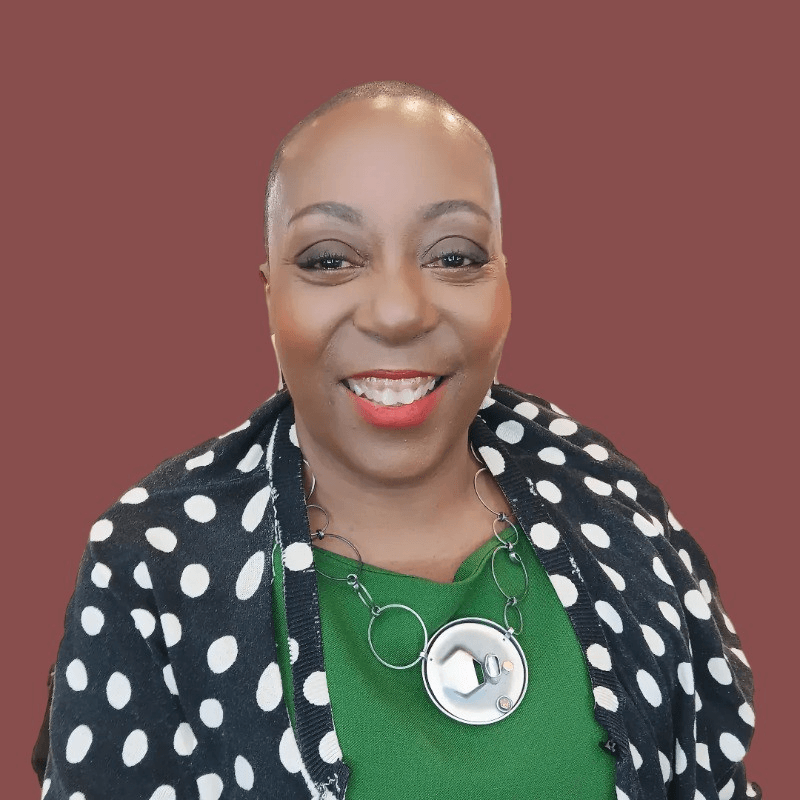We’re excited to introduce you to the always interesting and insightful Savona Bailey-McClain. We hope you’ll enjoy our conversation with Savona below.
Alright, Savona thanks for taking the time to share your stories and insights with us today. Can you talk to us about a project that’s meant a lot to you?
Right now, it’s Harlem Sculpture Gardens.
We have shown that in neighborhoods of color, large-scale public art projects can thrive and positively impact communities. A request was made for me to consider another exhibition in Harlem’s historic parks. To realize such an effort, I knew I would need help, but we had to be respectful of the community as well. They needed to know that their experiences, culture, and aesthetics would be incorporated into the exhibition. Choosing a linear exhibition format made it easier for people to walk from one place to another. To achieve our goal, we selected only three historic parks. After surveying our locations, we discovered that climate change has also affected city parks. Land management and resilience in urban cities go hand in hand with public art. We lost three large trees due to soil erosion on one site and soil compaction on another. We are reaching out to experts to consider techniques to stem some problems. Volunteers have helped with street trees. In September, we will host a resiliency forum to discuss green jobs, conservation, and quality of life.
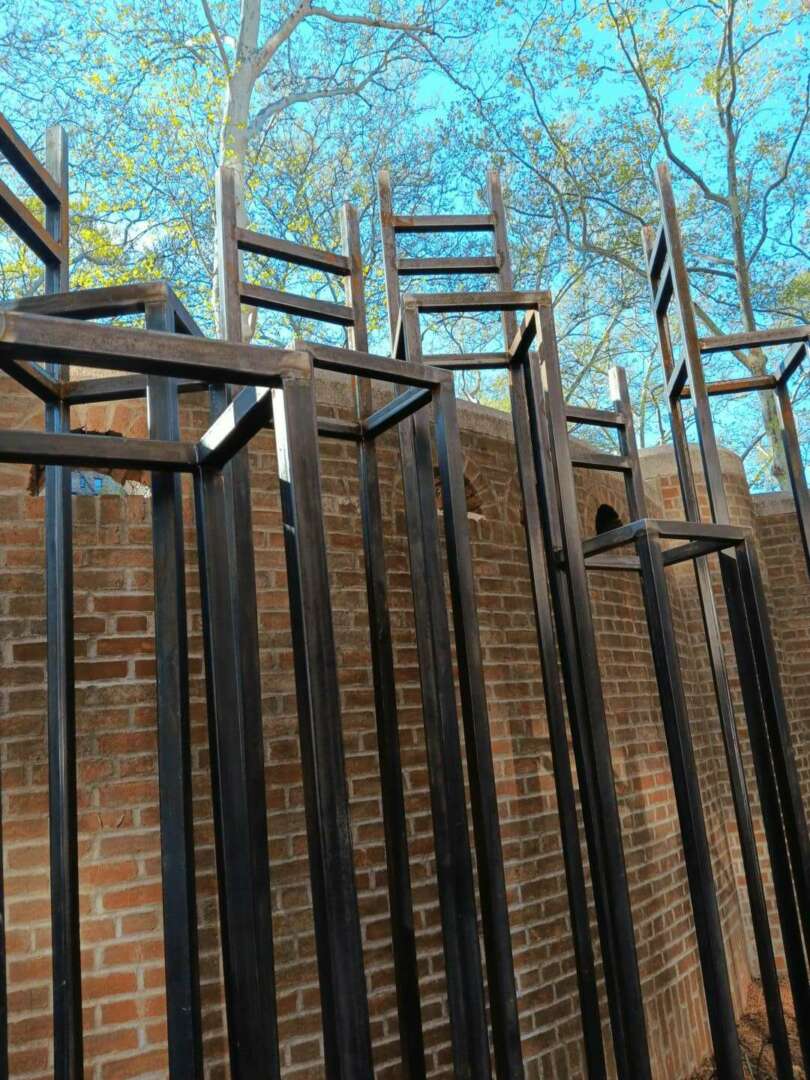
As always, we appreciate you sharing your insights and we’ve got a few more questions for you, but before we get to all of that can you take a minute to introduce yourself and give our readers some of your back background and context?
EXECUTIVE DIRECTOR & CHIEF CURATOR
SAVONA BAILEY-MCCLAIN is a Harlem based curator and arts administrator. She is the Executive Director/Chief Curator of the West Harlem Art Fund, which has organized high-profile public arts exhibits throughout New York City for the past 25 years, including Times Square, DUMBO, Soho, Governors Island and Harlem. Her public art installations encompass sculpture, drawings, performance, sound, and mixed media, and have been covered extensively by the New York Times, Art Daily, Artnet, Los Angeles Times and Huffington Post, among many others. She is host/ producer of “State of the Arts NYC,” a video podcast program on several platforms. She is a member of ArtTable, Advisory Board member of NYC’s Dance in Sacred Places, Governors Island Advisory Council and new Board member of NY Artists Equity Association.
I fell into public art because family members and friends were intimidated to go to museum and galleries. There is a fear of not knowing what the art may mean or how best to describe it. The art world has not cultivated new followers or collectors enough. The focus has been on the wealthy and well connected. There are large bases of people that want to see themselves in art. That includes traditions, practices and looks that celebrate the best of humanity.
I blend traditions together so viewers can see commonalities. I allow viewers to get a behind the scene look at the process for making art so they can appreciate the hard work involved. Though we focus on public art we are starting to add more design. That offers more options for the public. Functional art & design resonates with many. As we talk as a nation about making the country better, I feel that hands on traditions can help Americans and those around the world to appreciate what makes us unique while respecting the environment.
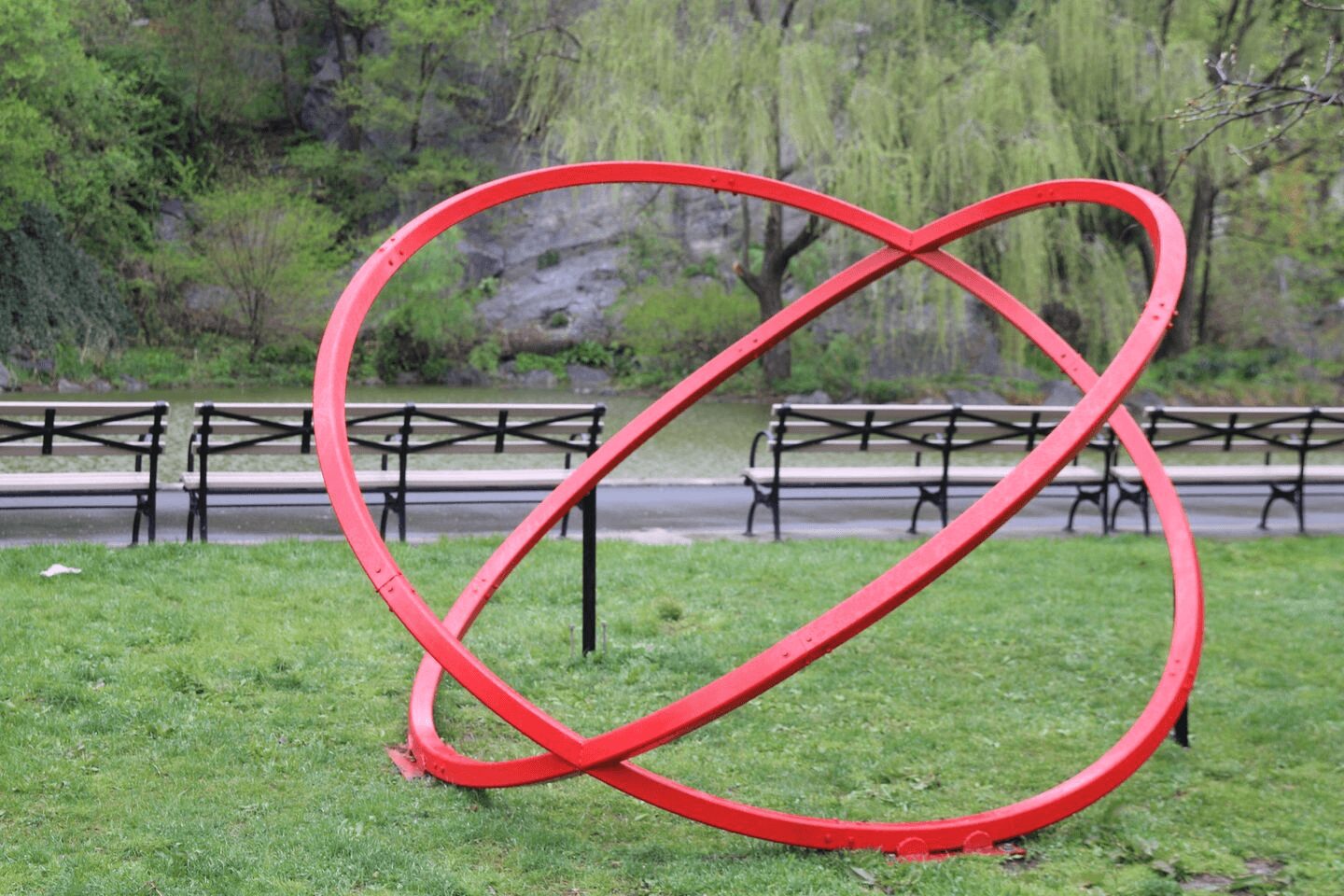
What can society do to ensure an environment that’s helpful to artists and creatives?
Invest in the creative ecosystem. Funding is tough for individual artist and groups. Humans need room to experiment, test and evolve their concepts or practice. Art cannot focus on making money alone. Innovation is possible when creativity crosses with imagination. That needs to be supported.
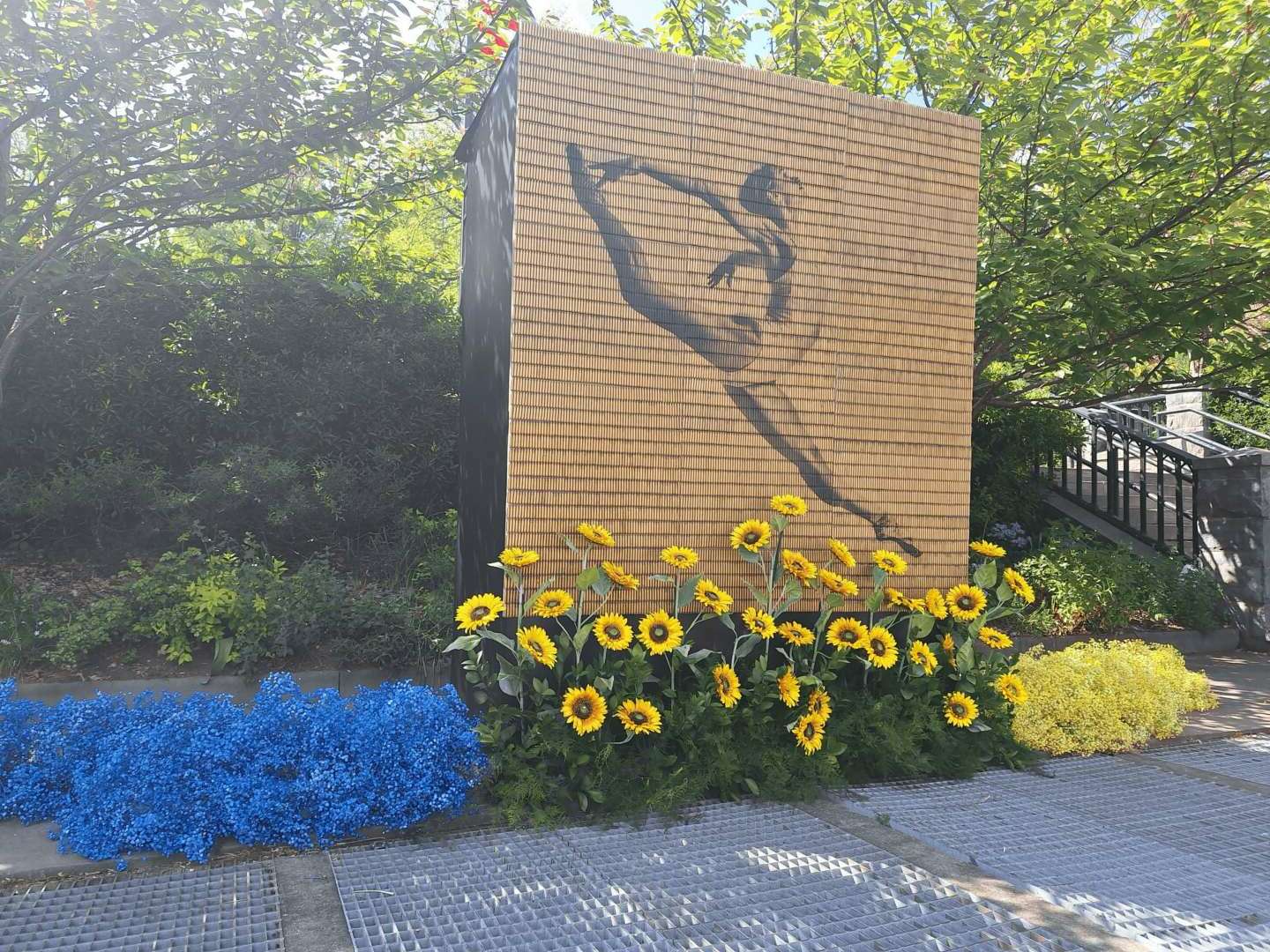
Can you share a story from your journey that illustrates your resilience?
There is no particular story. I have had to push through because others could not see my vision. The hesitancy has to do with my being a woman and particularly a woman of color. The narrative in this country about people of color stems from lack. We lack education, money, natural resources, man-power. All of that is true but we have spirit, dreams, ideas and faith that can move our efforts forward. I have been told why am I presenting art in a neighborhood where there are drunks and alcoholics. Or I had someone recently say that teenagers stole flowers from our installation. We flower bombed a work and then the florist took the flowers away. No one stole anything but this person instantly bad-mouthed young teenagers who were picnicking near by. They enjoyed the art.
It’s a constant struggle that one endures. I find that planning and planning and more planning helps. It helps to clear my head and to see different possibilities and remain flexible, open and hopeful.
Contact Info:
- Website: https://westharlem.art
- Instagram: @wharlemartfund
- Facebook: https://www.facebook.com/wharlemartfund
- Linkedin: https://www.linkedin.com/in/savonabaileymcclain/
- Youtube: https://www.youtube.com/@harlemsculpturegardens
- Other: Our exhibition website is https://harlemsculpturegardens.com
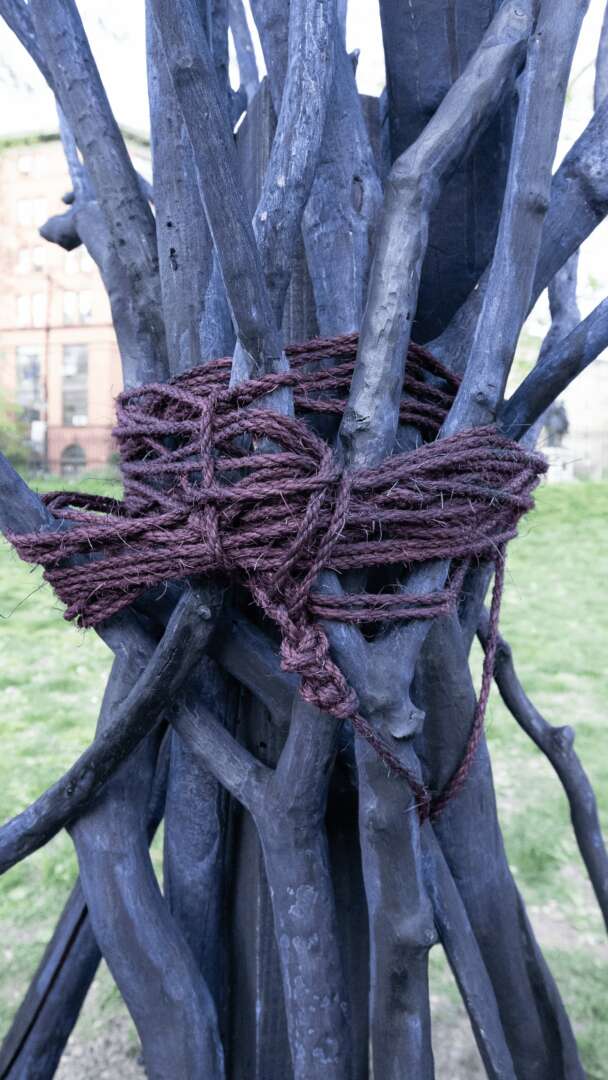
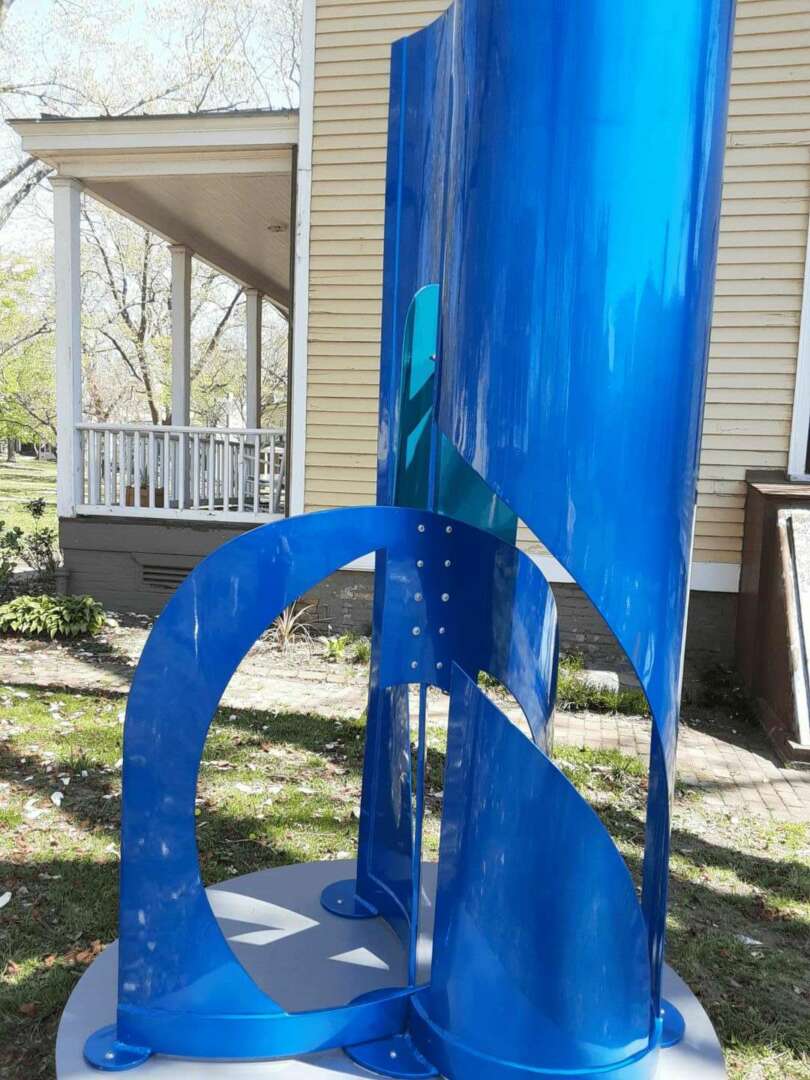
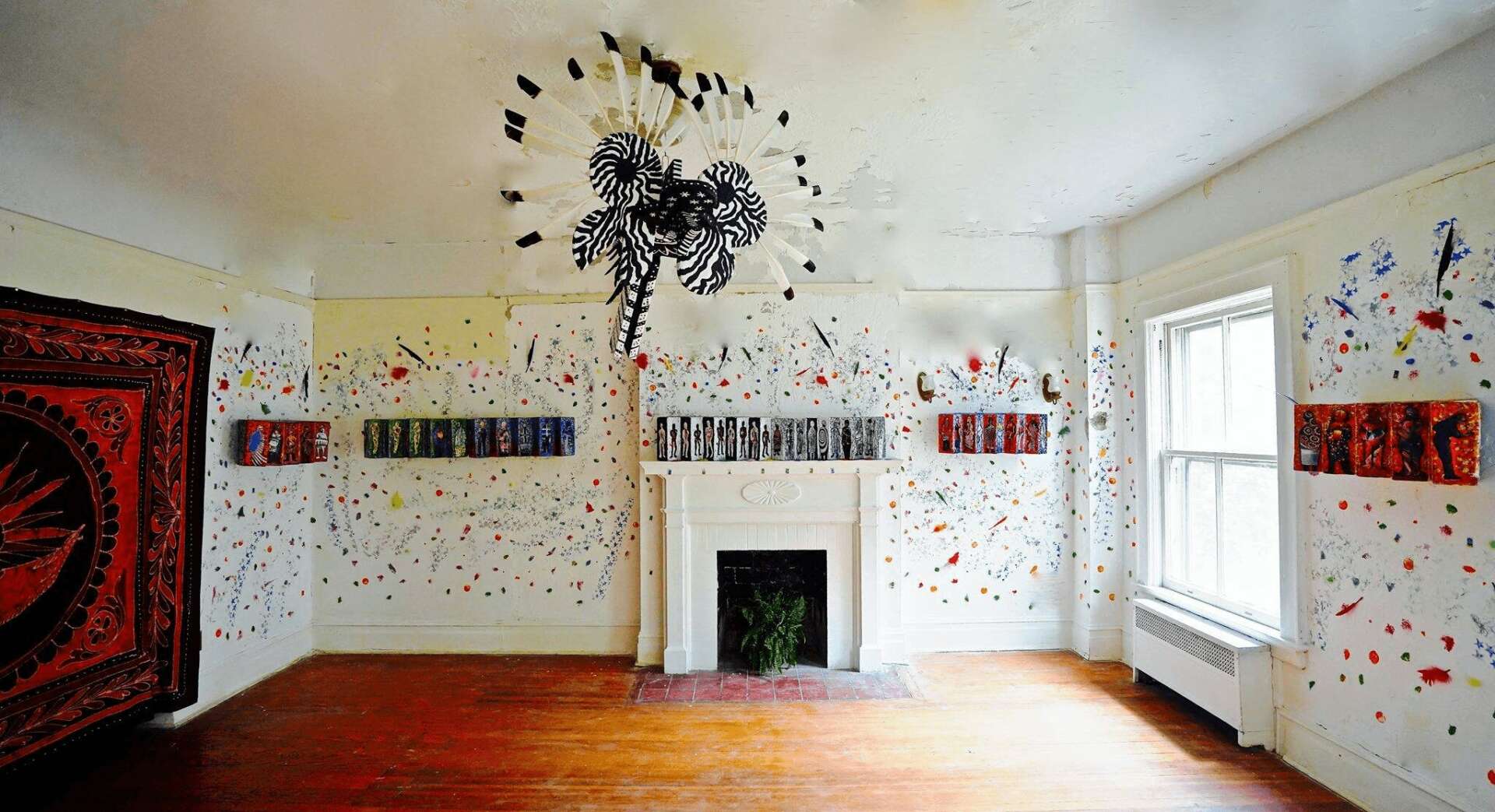
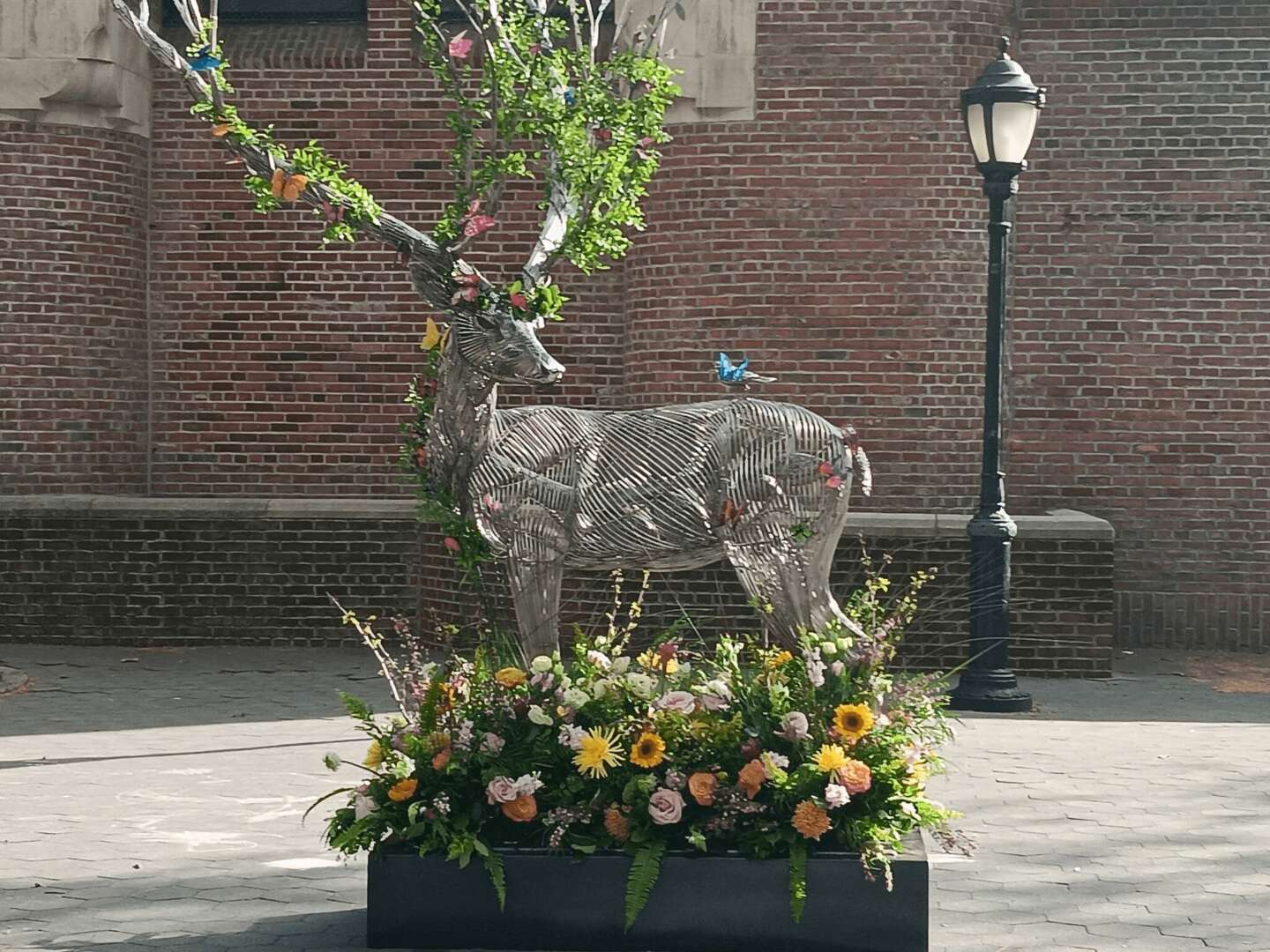
Image Credits
Tyreese Nacho
Photographs courtesy of the West Harlem Art Fund


